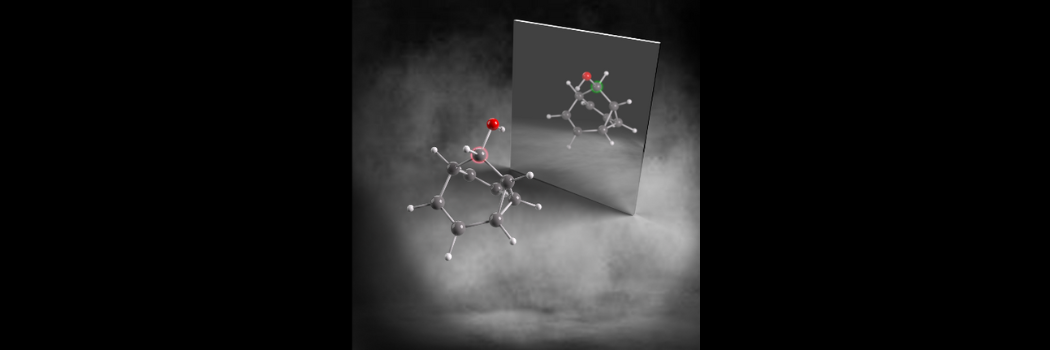
A group of scientists from our top-rated Chemistry Department and University of York have demonstrated in a new study that carbon-based molecules can be much more dynamic than previously thought.
They have developed new concepts about the shape and dynamic nature of molecules.
Mirror-image molecules
When a carbon atom forms four bonds to different groups, the molecule can exist in two mirror image forms, also known as chiral forms.
These mirror image forms are vital in medicine because they have different biological activities.
Usually, it is impossible to interconvert between these mirror-image molecules because to do so would require a bond to be broken, a process that needs too much energy.
Inversion of mirror-image molecule
The researchers explained that if the chiral centre, which is an atom in a molecule that is bonded to four different chemical species, was part of a dynamic molecular cage structure, then a simple rearrangement of the cage could lead to inversion of the mirror image form of the molecule.
The molecular cage has nine carbons atoms in its structure, which are held together by a pair of carbon–carbon double bonds and a three-membered cyclopropane ring.
This combination of bonds allows some of the bonds in the structure to trade places with one another spontaneously.
In this way, carbon-based stereochemistry, which is normally considered to be fixed and rigid, became dynamic, fluxional and responsive – a new paradigm in carbon-centred chirality.
The researchers hope that this intriguing bonding concept will be found to apply in other contexts, and potentially used to underpin new applications for more dynamic molecular materials.






